
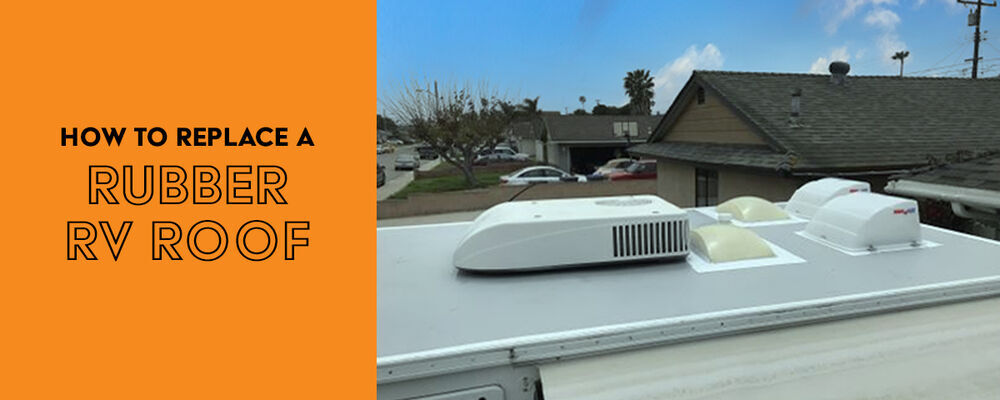
How to Replace a Rubber RV Roof
White squeegee Caulk gun Trim panel tool for scraping Razor blade Seam tape Stapler or air stapler
Roof membrane Adhesive Butyl Tape Non-sag sealant (for vertical surfaces) Self-leveling sealant (for horizontal surfaces)
Step 1: Prepare to Remove Your Old Roof (Remove Sealant, Trim, & Vents)
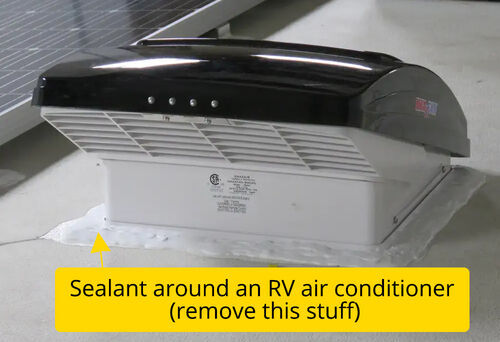
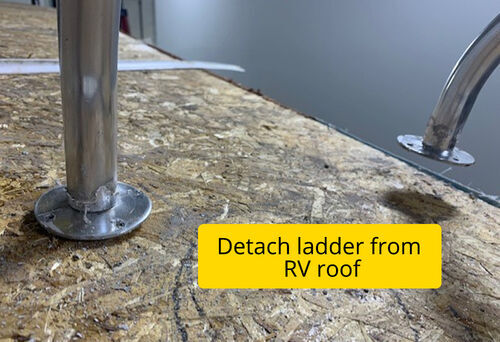
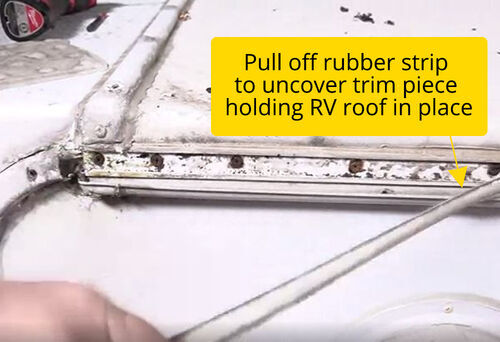
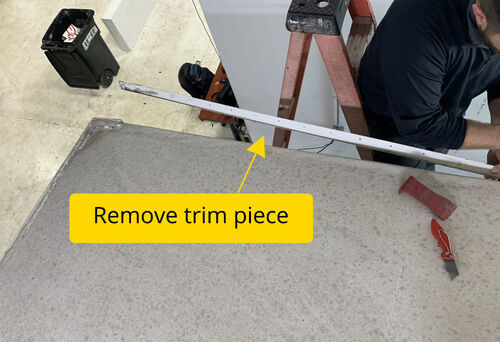
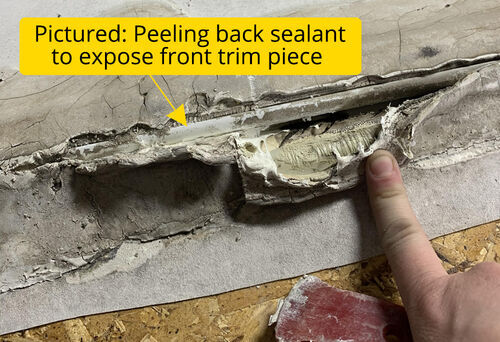
Step 2: Remove Old Roof Membrane
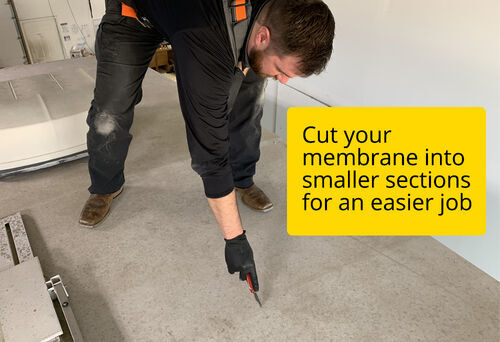
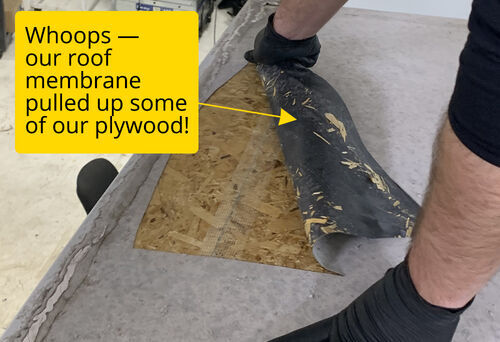
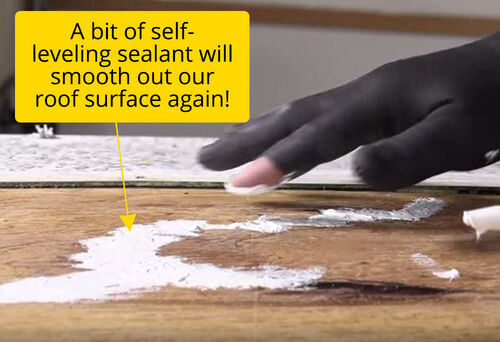
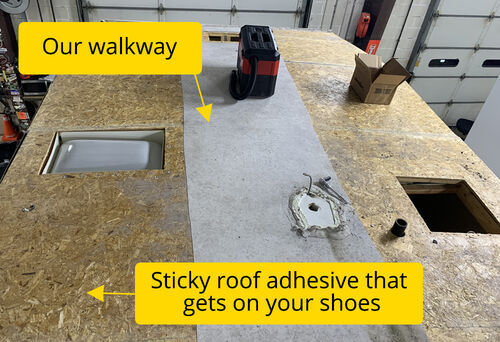
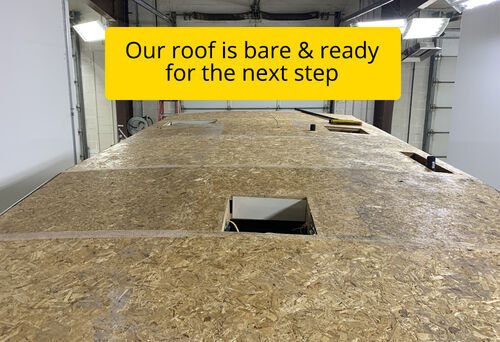
Step 3: Prep for and Apply New Roof Membrane
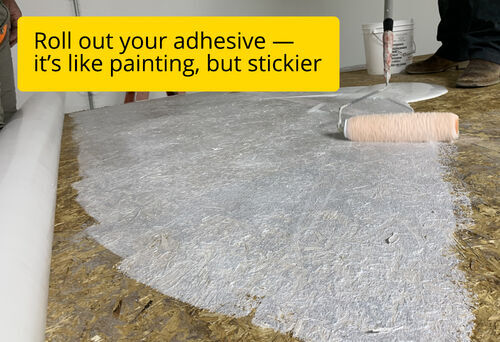
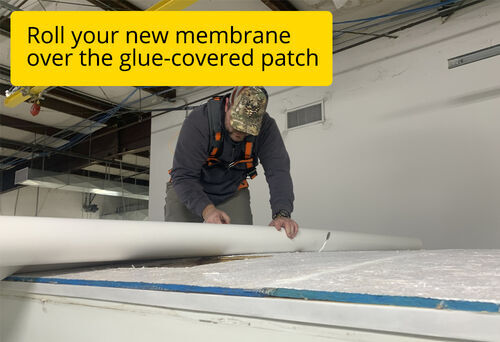
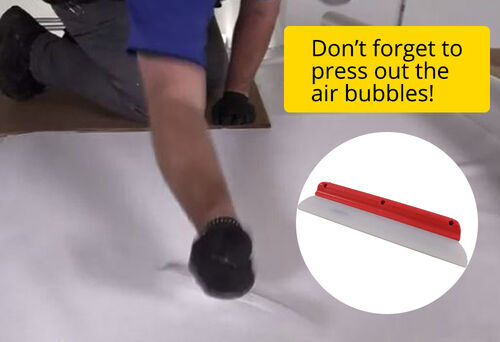
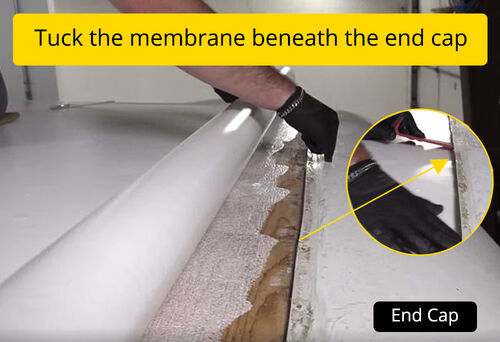
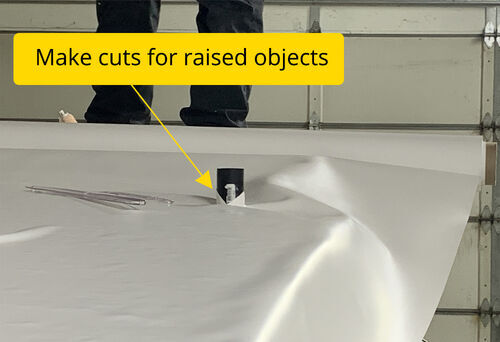
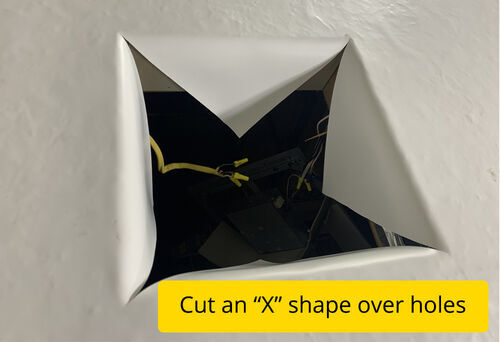
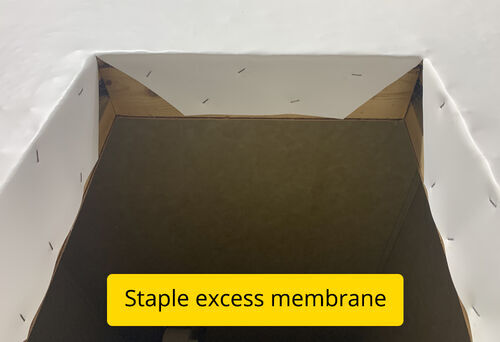
Step 4: Add Back Your Butyl Tape, Trim Pieces, & Appliances
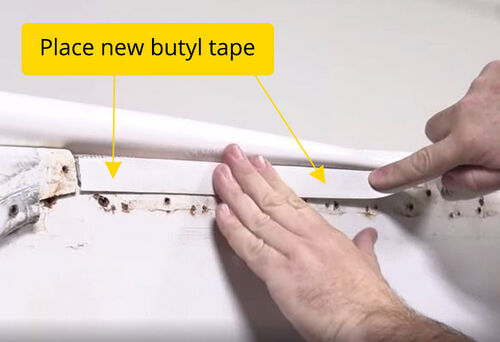
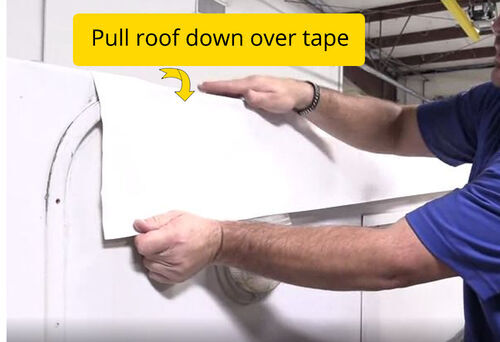
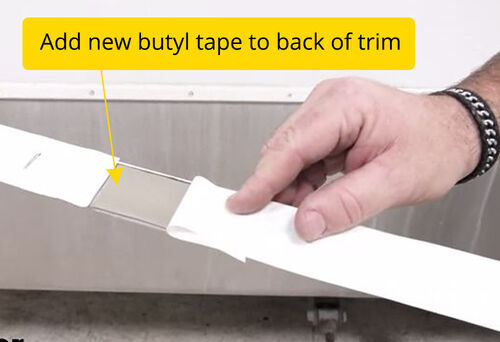
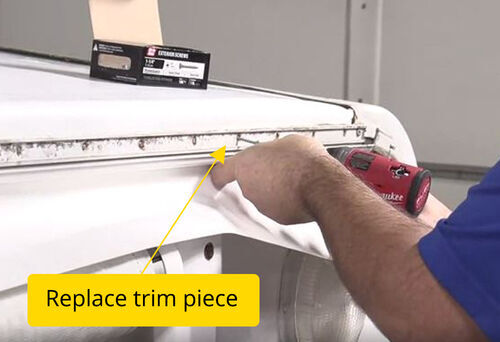
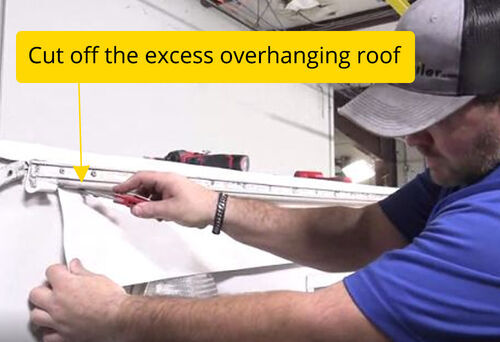
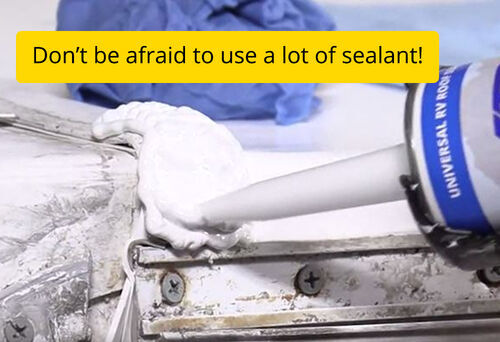
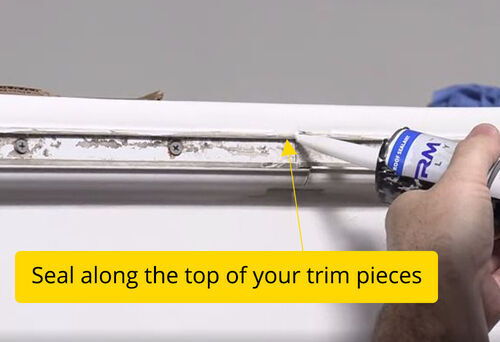
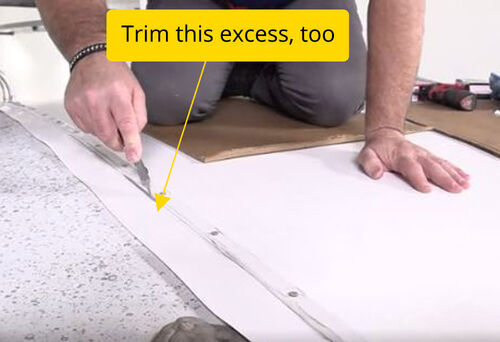
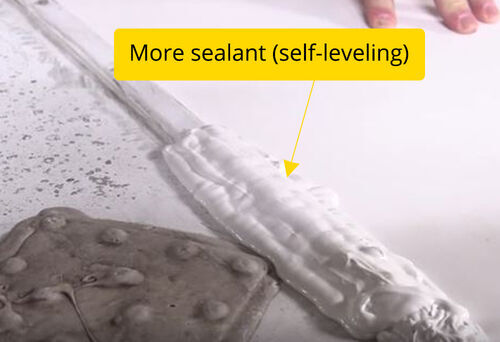
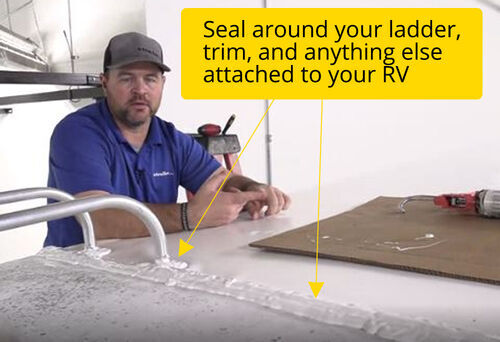
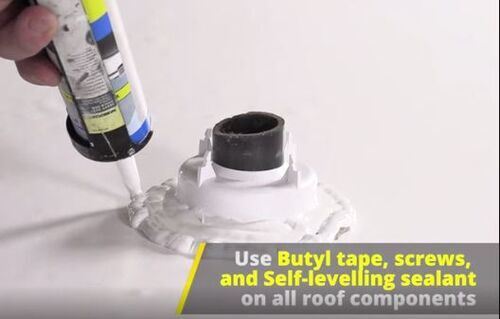
When to Replace Your RV Roof
15-20 years old? Leaking? Cracked, punctured, or worn in a spot larger than a patch or repair tape can cover? Suffering from water damage? Showing the black rubber layer underneath the white membrane where it's worn through?
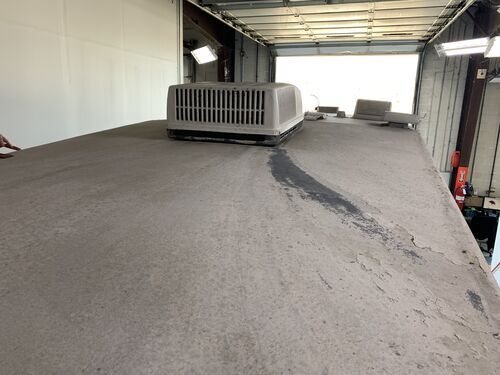
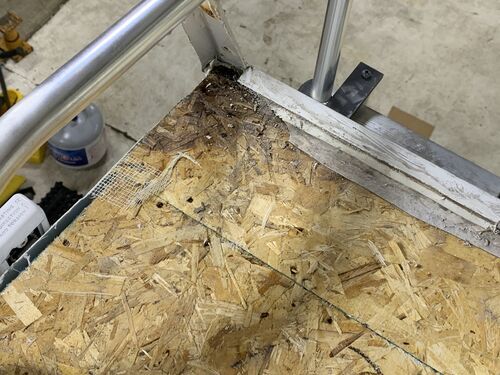
RV Rubber Roof Replacement Costs
Roof membrane Adhesive Butyl tape Self-leveling sealant Non-sag sealant

Departments
Towing
- Trailer Hitch
- Fifth Wheel
- Gooseneck
- Towing a Vehicle
- Front Hitch
- RV Hitch
- ATV Hitch
- HD Truck Hitch
- Vehicle Wiring
- Brake Controller
- Ball Mounts
- Weight Distribution
Sports and Recreation
Trailer Parts
- Utility Trailer
- Boat Trailer
- Landscape Trailer
- Enclosed Trailer
- 5th/Camper Trailer
- Car Hauler
- Horse Trailer
Vehicle
Contact & Help

Popular Vehicles
- Subaru Forester
- Ford F-350 Super Duty
- Ford F-250 Super Duty
- Chevrolet Silverado 1500
- Jeep Wrangler Unlimited
- Jeep Wrangler
- Ram 3500
- Toyota Highlander
- Ram 2500
- Chevrolet Silverado 2500
- Subaru Outback Wagon
- Chevrolet Silverado
- Dodge Ram Pickup
- GMC Sierra 2500
- Ram 1500
- Ford F-250 and F-350 Super Duty
- Jeep Grand Cherokee
- Toyota Tacoma
- GMC Sierra 3500
- Toyota Tundra
- Ford Escape
- More >>




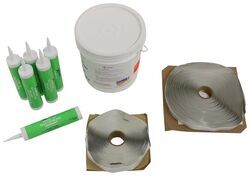

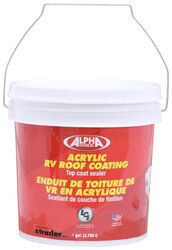

























Randy J.
8/11/2021
I have looked and can't find any thing specific for my 1996 Discovery. I want to replace my roof but don't know about soft Foam. The roof seems to be mostly foam with plywood glued. And do I drill out the gutter rivets and remove the gutter? How do I fix the soft or rotted foam?